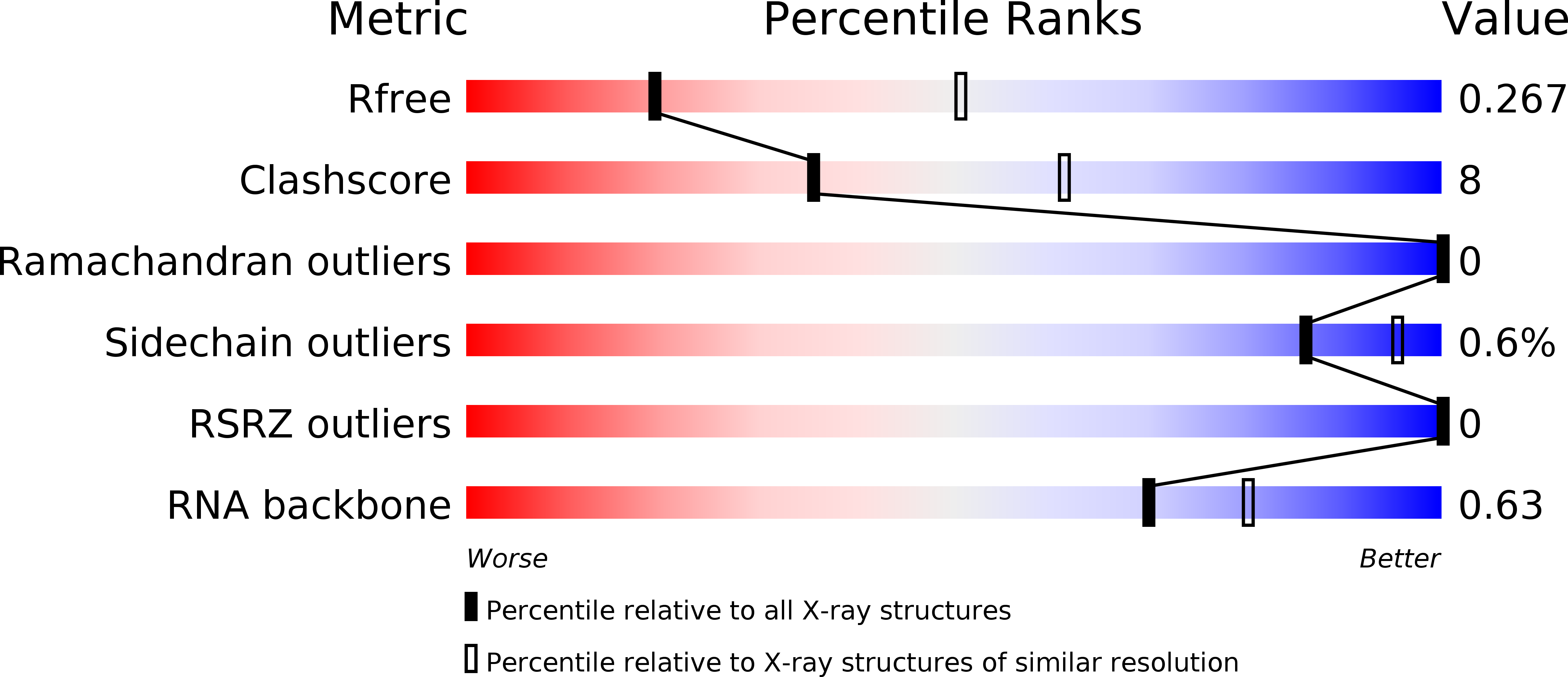
Deposition Date
2012-06-29
Release Date
2012-09-19
Last Version Date
2024-02-28
Entry Detail
PDB ID:
4FVU
Keywords:
Title:
Structural basis for the dsRNA specificity of the Lassa virus NP exonuclease
Biological Source:
Source Organism:
Lassa virus Josiah (Taxon ID: 11622)
SYNTHETIC CONSTRUCT (Taxon ID: 32630)
SYNTHETIC CONSTRUCT (Taxon ID: 32630)
Host Organism:
Method Details:
Experimental Method:
Resolution:
2.91 Å
R-Value Free:
0.25
R-Value Work:
0.19
R-Value Observed:
0.19
Space Group:
P 21 21 2


